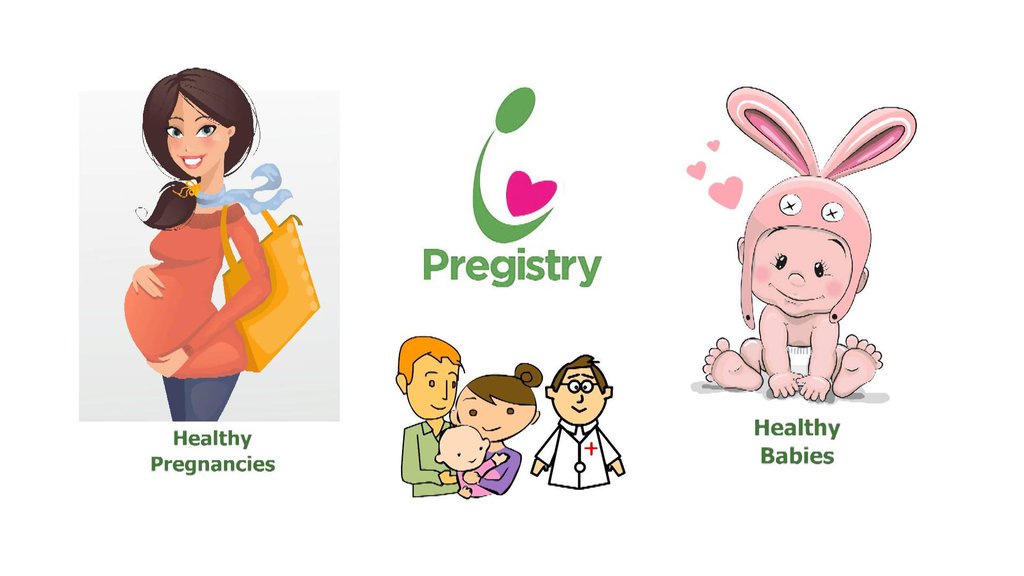Continuing from Part 4 of our series on the biology of pregnancy, the last week of the embryonic phase features notable formation of major organ systems of the body. Since implanting in the endometrium of uterine wall, the embryo has been growing, and now measures about 3 centimeters in length, with a weight of about 4 grams. That’s a lot bigger than the zygote, the single cell that started the process. But the emphasis has been less on growth and more on organ system development. In the fetal period, the growth now accelerates. By week 10 of gestation, the embryo has lost the remainder of its tail. The head accounts for about half the length of the embryo, and the head bulges, because the brain inside is growing really fast.
In the torso, the spinal column is a prominent feature. You can see individual vertebrae. Bones are beginning to ossify, to harden, a process that will continue from now to the late adolescence. Webs on the hands and feet are disappearing, giving way to fingers and toes. For a couple of weeks, the intestines have been in the umbilical cord, having grown too big to fit in the embryo’s abdomen. But now they move back into the abdomen, which has grown large enough to accommodate them. The genitalia are on their way to become male or female. Eggs are forming within ovaries if you have a girl, whereas a boy’s testes are making testosterone by this point. Usually it’s pretty hard to see the gender difference on ultrasonography this early, but we can recognize some facial features. A tiny nose visible, along with ears, plus the eyelids that formed recently are now closed.
The mother’s offspring officially enters the fetal period officially at the start of the 11th gestational week, when he or she is about the size of a golf ball, when you can notice multiple body parts, even with no training in ultrasonography, and by the end of the week it will reach the size of a lime. The skin is still very transparent, but it’s just beginning to thicken up. You’ll notice new details especially in the face. The jawbone has taken shape, the ears show more detail, and tooth buds are emerging under the gums. Nipples, nail beds, and hair follicles are all forming, plus the fetus is developing new capabilities. Taste buds are developing along with a sense of smell, plus the fetus can detect some sounds. Muscles in the trunk, neck and limbs are capable of contraction, so it’s at this time that you may feel the first fetal “kicks”, also known as quickening. But usually it takes a few weeks longer. Meanwhile, the rate of the beating heart has been decelerating from a peak of 165-185 beats per minute a couple of weeks ago to more like 150. From this point until birth the rate will decrease gradually to 130 bpm.
As the mother, you are changing too. Nausea and vomiting of pregnancy, often called “morning sickness”, although it doesn’t happen only in morning, starts to subside. On the other hand, you’ll be feeling increasingly fatigued as the fetus requires more nutrition for energy and building material. At this point, your breasts may start growing too. They’ll look and feel fuller and you may need to get new bras. The areolas around the nipples darken, along with your skin. This too is normal. You’re starting to look pregnant to others. That bump, the “olive”, or whatever you choose to call it, will start to show –sooner for some mothers, later for some others.
Since early in pregnancy, a mass of tissue between the developing thorax and abdomen has been getting more and more muscular. This is the thoracic diaphragm and by week 12 it begins pulsating up and down, triggered by impulses in two nerves –the left and right phrenic nerves– that have been developing within it. Of course, the fetus is not breathing, but the respiratory system is practicing, although it will stop after another four weeks and not resume until later in pregnancy.
Eyes and ears are not yet in their final positions, but they have moved noticeably closer in that direction over the past couple of weeks. The limbs now really look like arms and legs. Increasing sophistication of the nervous and muscular systems produces some reflex movements. The hands will occasionally open and close, the toes can curl and extend, and the mouth can suck. The fetus can also swallow and is swallowing amniotic fluid. He or she urinates and thus drinks urine, but it’s not harmful. The amniotic fluid also fills the collapsed lungs. Meanwhile, developing glands producing hormones in the fetus include the pituitary, thyroid, and pancreas. Stem cells in the bone marrow are giving rise to white blood cells, and erythropoiesis, the production of red blood cells, is about to shift from the yolk sac to the liver.


